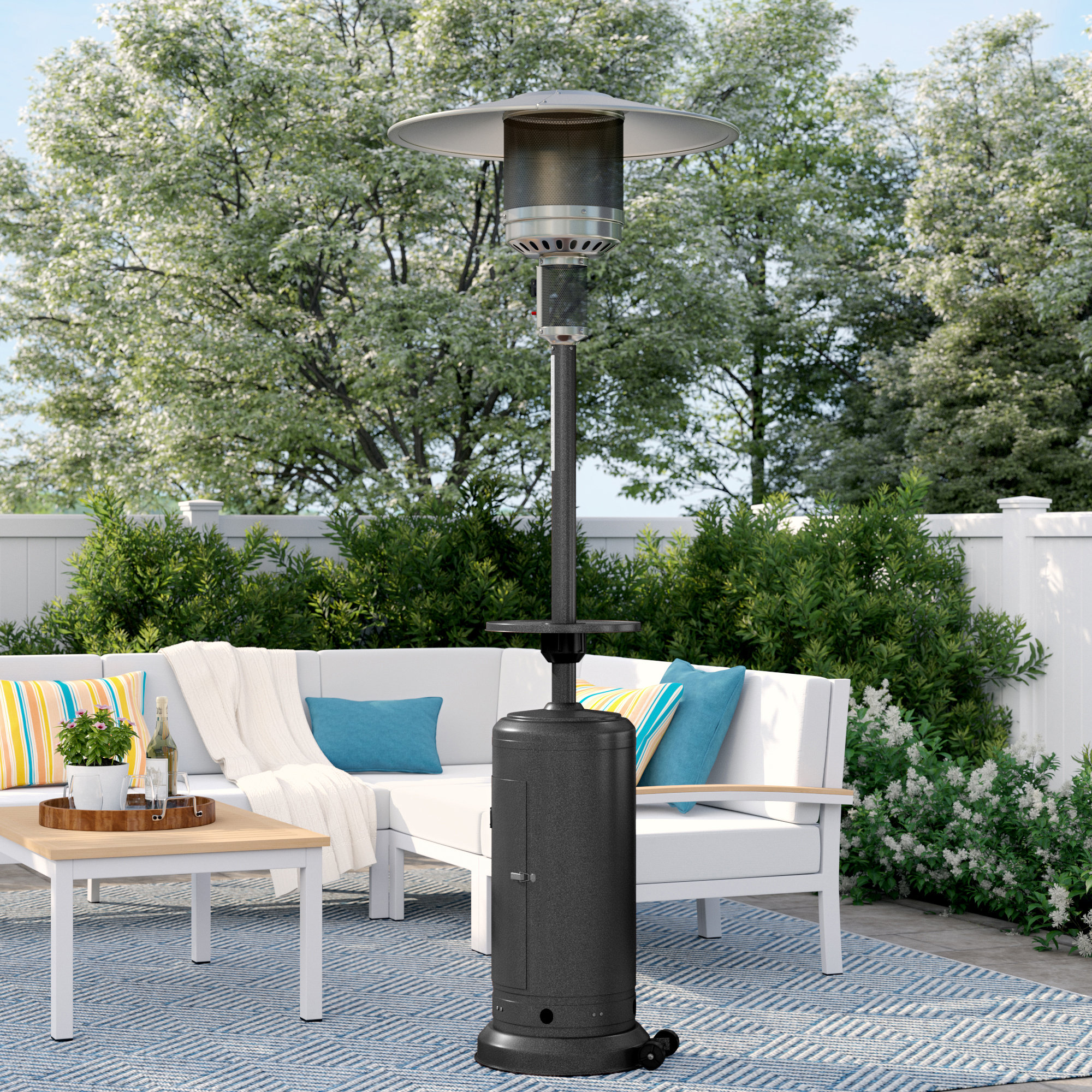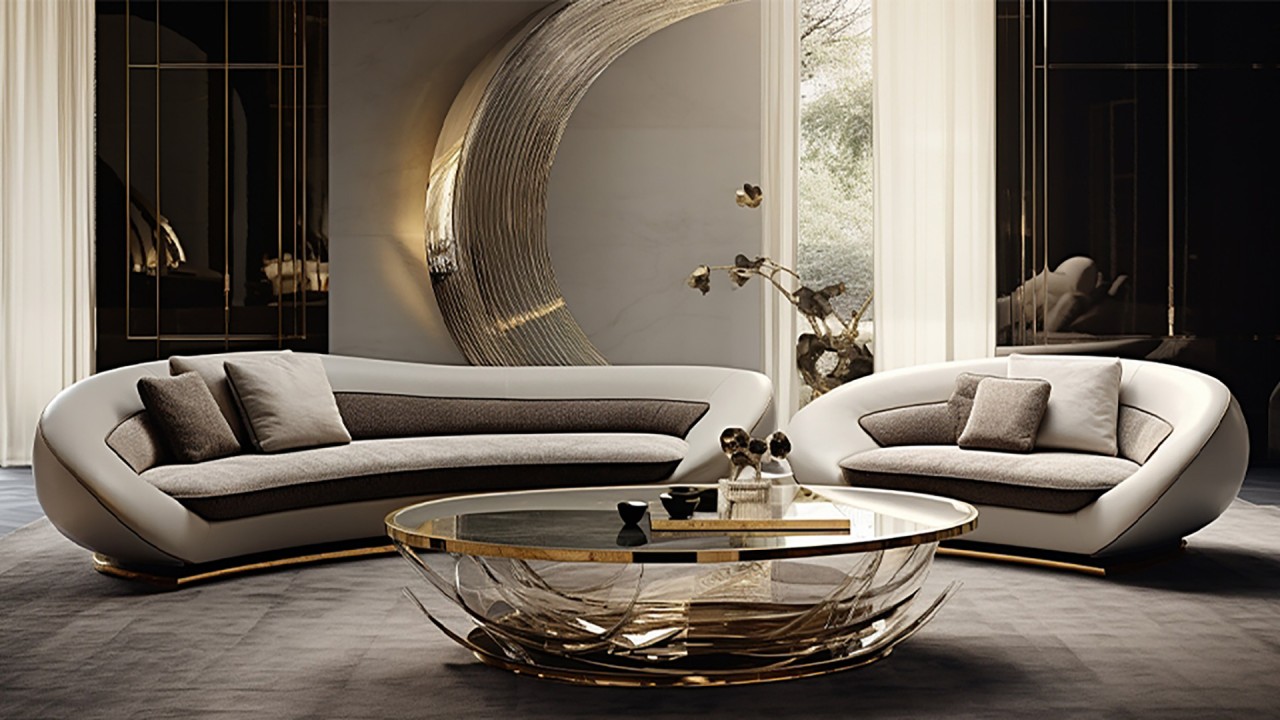In recent decades, the landscape of gaming has undergone a dramatic evolution, transforming from a niche hobby into a global cultural phenomenon with far-reaching impacts. From the early days of pixelated graphics to the immersive virtual reality experiences of today, gaming has captivated audiences and shaped modern society in profound ways. This article explores the transformative power of gaming and its influence on various aspects of human life.
Gaming has always been synonymous with entertainment, offering players a means of escapism and enjoyment. From classic arcade games like Pac-Man and Space Invaders to modern masterpieces like The Witcher 3: Wild Hunt and Animal Crossing: New Horizons, the diversity of gaming experiences continues to grow, catering to players of all ages and preferences. With advancements in technology, gaming has evolved into a multi-dimensional form of entertainment that transcends traditional boundaries.
Moreover, gaming has emerged as a powerful platform KUBET for storytelling, providing players with immersive narratives and emotionally resonant experiences. Games like The Last of Us, Red Dead Redemption 2, and Life is Strange have been praised for their compelling stories, complex characters, and thought-provoking themes. Through interactive storytelling, players are not only entertained but also emotionally engaged, forming deep connections with the characters and worlds they inhabit.
Beyond entertainment, gaming has also become a force for social interaction and community building. Online multiplayer games like Fortnite, League of Legends, and Among Us have created virtual spaces where players from around the world can connect, collaborate, and compete in real-time. These games foster friendships and camaraderie, breaking down barriers and creating a sense of belonging in the digital realm. Furthermore, gaming communities have flourished on platforms like Twitch and Discord, where players come together to share their passion for gaming and support one another.
In addition to entertainment and socialization, gaming has emerged as a tool for education and learning. Educational games and simulations offer interactive and engaging experiences that facilitate skill development and knowledge acquisition. Games like MinecraftEdu, Math Blaster, and Oregon Trail have been embraced by educators as effective teaching tools that make learning fun and accessible for students of all ages. Furthermore, gaming has been used in therapeutic settings to promote cognitive rehabilitation and improve mental health outcomes.
Despite its many positive impacts, gaming also faces challenges and criticisms, including concerns about addiction, toxicity, and representation. The World Health Organization’s recognition of gaming disorder as a mental health condition and ongoing debates about the portrayal of violence and gender stereotypes in video games highlight the complexities and controversies surrounding gaming culture. However, it is essential to recognize that these issues are not inherent to gaming itself but rather stem from how games are designed, marketed, and consumed.
In conclusion, gaming has evolved into a multifaceted and influential medium with far-reaching implications for entertainment, socialization, education, and mental health. As technology continues to advance and the gaming landscape evolves, it is crucial to acknowledge and harness the transformative power of gaming to positively impact individuals and society as a whole. By promoting responsible gaming practices and fostering inclusive and diverse gaming communities, we can ensure that gaming continues to enrich our lives and inspire us for years to come.…




